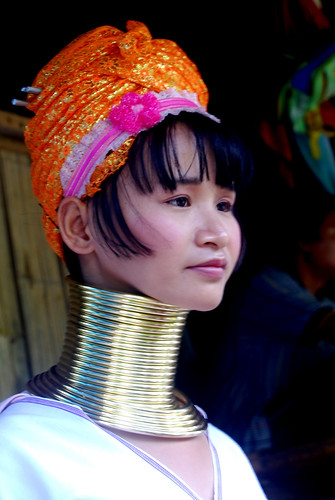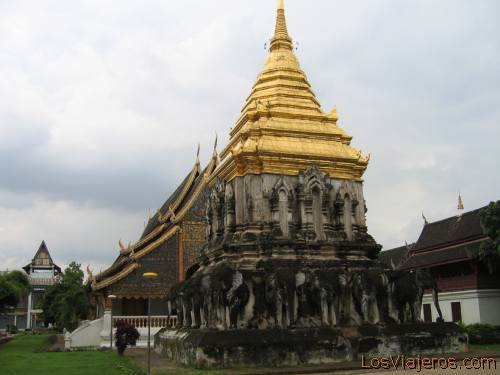The hilltribes of Thailand
The hill tribes living in northern Thailand in relative isolation. The tourism boom in the Southeast Asian country in these populations is introducing external elements that are starting to open a gap of permeability to modernity.

Fotografía por jenniferphoon
But not only tourism is affecting their way of life, but the deforestation caused by agricultural methods of burning and illegal logging is forcing towns to move to lower areas.
The tribes are divided into three main linguistic groups: the Tibeto-Burmese (Lisu, Lahu and Akha), Karen (Karen, Kayah) and the Austro-Thai (Hmong and Mien). Their language is borders that separates the Thai population, but not alone, since these semi-nomadic tribes, in many cases are coming from neighboring Myanmar, have no Thai citizenship and therefore live outside government assistance, although in the last twenty years is making a major effort to integrate these populations.
There are very interesting trekking programs with which you can visit these tribes, but be careful and selective to escape the beaten paths, where you will see more tourists than inhabitants in the mountains. In many centers that organize trekking to visit the hill tribe people can get information on the habits of the locals, but Hilltribe abundant information is available and also some indications of how to behave among themselves.
Karen (Yang or Kariang):
They are the largest group and from Myanmar. They usually live in the lower valleys, and its accessibility are also the most visited villages in the tour. Usually wear brightly colored robes. Magenta is one of the most common colors for both men and women, while unmarried girls are different because they have white robes. The society is matriarchal and women bear a heavy workload, both at home and in the field. Living from agriculture and livestock. Rice cultivation is the main activity, although it is common to see men with cattle.

Fotografía por jenniferphoon
The Paduang, are best known for having the «‘giraffe women» that have become a true claim and therefore in a tourist trade. These women belong to a branch of the Karen tribe and subjected to a tradition that even today is prohibited in Thailand and Burma, is ongoing. The stretching of his neck (hence the name «giraffe women») is achieved through metal rings placed around their neck. Each year adds a ring, until it longer to get 30 centimeters, resulting in a weakening of the upper chest.
This tradition goes back centuries and is not known exactly why, but remains as a hypothesis, that the placement of these rings was born as a protection against attacks by tigers. In times past, the rings were gold, so it is thought that this was also a method for protecting the wealth of the tribe of theft.
The ritual begins when girls are very small, between five and nine, are treated with a cream made with dog fat, coconut milk and royal jelly, to then put the first ring. Each year they will be adding one or two more rings to be progressive lengthening, until she marries. Some women take up to 28 rings. Keep in mind that for women is an honor, because the lengthening of the neck is considered a symbol of beauty.
The Lisu (Lisaw):
They are a minority over is estimated to have about 28,000 members and are of Tibetan origin. Traditionally have been associated with opium cultivation and practice animism as the main religion. They live in high altitudes, and unlike the Karen, who live in wooden houses, the Lisu build their houses to the ground with bamboo and straw. They are also credited for its traditional colorful robes and pants in bright blue men.

Fotografía por jenniferphoon
Bon voyage!
Leave a Reply
You must be logged in to post a comment.
Recent Comments